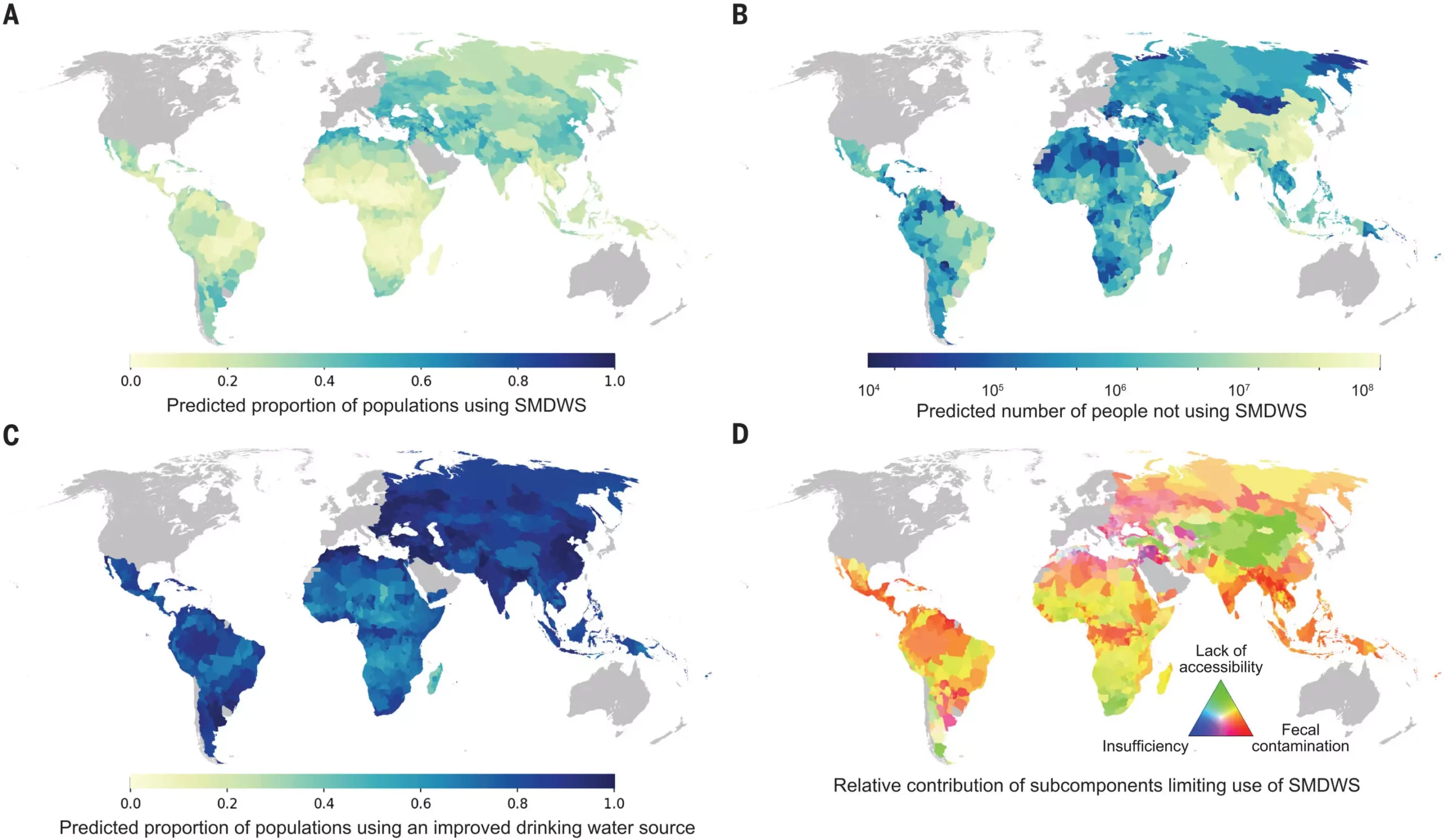A recent groundbreaking study has unveiled a startling reality: a staggering 4.4 billion individuals—over half of the world’s population—are currently deprived of safe drinking water. This insight comes from a collaboration among environmental scientists published in the esteemed journal Science. With the global populace nearing 8 billion, the implications of this research are profound, highlighting a crisis that has escalated beyond previous estimates of 2 billion lacking safe water access.
Rob Hope, affiliated with the University of Oxford, contributed a perspective piece within the same edition of the journal, elaborating on the criteria necessary to designate water as “safe.” Such classification requires that individuals have water readily available at their locations, fulfilling their demand instantaneously. The parameters extend beyond mere availability—safe water must also be free from harmful contaminants, including bacteria and toxic chemicals. The criteria outlined by Hope emphasize the importance of accessibility and quality, raising questions about sustainable solutions in regions that are currently underserved.
The Methodology Behind the Findings
Employing sophisticated computer simulations, the research team analyzed environmental conditions alongside survey data collected from nearly 65,000 households across the globe. By integrating this information, the researchers generated comprehensive maps across 135 nations, illuminating the geographical disparities in water access. These maps reveal a striking correlation between regions lacking safe drinking water and the absence of essential infrastructure, coupled with high levels of pollutants.
In corroborating their findings with UNICEF data, the researchers quantified the gravity of the situation—an estimated 4.4 billion people are living without access to potable water. This analysis not only highlights an urgent need for action but also demonstrates the valuable intersection of technology, environmental science, and global health.
The research points to alarming concentrations of people without safe drinking water in specific areas, particularly South Asia, sub-Saharan Africa, and East Asia. These regions face unprecedented challenges, not only in securing safe water supplies but also in building the necessary infrastructure to support their populations adequately. The combination of geographical, economic, and political factors contributes to the persistent crisis, necessitating comprehensive strategies that address both access and contamination.
The findings underscore that contaminants and infrastructure deficits are the main barriers to achieving safe drinking water. This prompts urgent discussions around investment in water purification technologies, infrastructure development, and increased political willpower to prioritize clean water access as a fundamental human right. The research team’s findings provide a crucial call to action for governments, NGOs, and global institutions to collaborate in addressing this pressing issue.
The research not only emphasizes the scale of the drinking water crisis but also serves as a foundation for future research and policy-making. By transforming data into actionable insights, scientists and stakeholders can work toward the goal of ensuring that safe drinking water becomes a reality for all individuals, regardless of their location.

